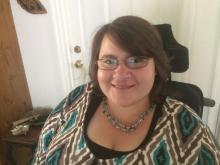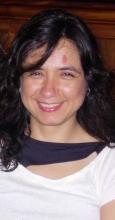In this project, graduate students in Spanish linguistics at the University of Florida interacted with freshmen from underrepresented backgrounds in Veracruz, Mexico. They discussed their own autobiographies in terms of linguistic and cultural experiences, their views of the world and humanity's relationship to it, including their own, and the relationship between their linguistic and cultural identities, the local geographies in which they had lived, and their connection to their ancestors. They used images, narrative, and artistic creation to express their ideas. Students interacted both synchronously and asynchronously.
Students should learn about the concrete experiences that accompany bilingualism both within their society and within the virtual exchange society.
Students’ attitudes should shift to view themselves as part of a larger experience of bilingualism that is shared throughout the world. They should come to see themselves as both unique and as an example of a universal experience that occurs when minority and majority languages are in contact, especially in postcolonial situations.
Students should be able to draw parallels between their own experiences as bilinguals in the United States/Mexico and the experiences of their partners in the other country. These parallels should include aspects at the social, political, and linguistic levels.
Student-to-Student Project
Asynchronous activities: 0.5 hours/week
Local group activities: 0.5 hours/week
Individual work: 0.5 hours/week
Word processing applications
Pen and paper
Video recording
Collage and Paint
Zoom


